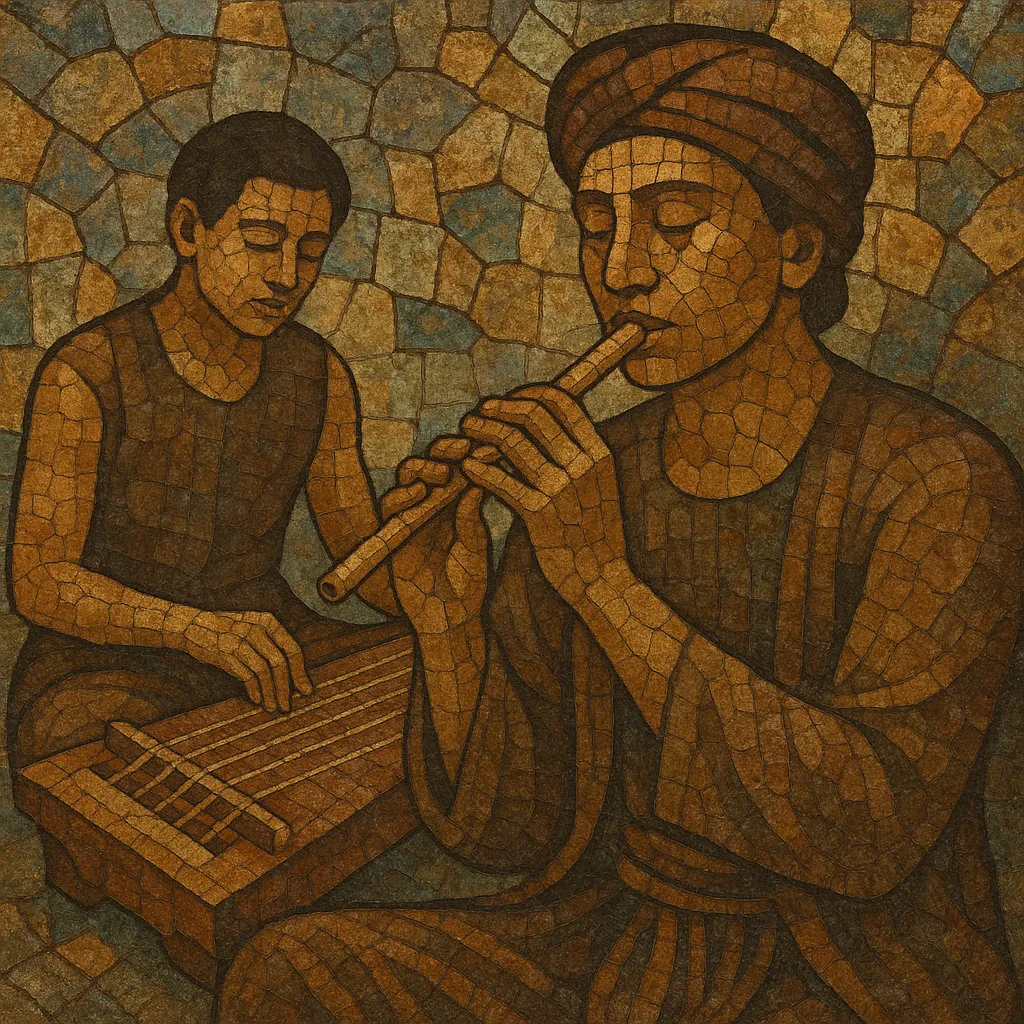Kacapi suling is a Sundanese instrumental genre from West Java, Indonesia that pairs the kacapi (box zither) with the suling (bamboo ring flute). The music is intimate, spacious, and highly ornamented, emphasizing tone color, subtle dynamics, and a floating sense of time.
The genre draws on Sundanese modal systems (laras) such as pelog/degung, salendro, and sorog/madenda, and on melodic formulas from Tembang Sunda. The kacapi provides cyclical arpeggios and cadential patterns, while the suling weaves a lyrical, breathy melody with glides and microtonal inflections. The overall effect is meditative, melancholic, and gently hypnotic.
Kacapi suling grows out of Sundanese courtly and urban salon traditions in West Java. Its musical DNA comes from Tembang Sunda (Cianjuran), where a vocalist is accompanied by kacapi and suling. In the mid‑20th century, an explicitly instrumental duo/trio practice—centered on kacapi indung (lead zither), kacapi rincik (smaller punctuating zither), and suling—crystallized as a distinct listening genre.
By the 1960s, kacapi suling was widely performed in Bandung and surrounding cities, circulating via radio and later cassettes. The format’s serene timbre made it a staple in cultural events, hotels, and broadcast programming. Commercial recordings in the 1970s–1980s standardized well‑known repertoires and modal settings (especially sorog/madenda for a gentle melancholic hue), helping the style reach national audiences.
From the 1990s onward, international releases and reissues introduced kacapi suling to listeners of world and ambient/relaxation music. While remaining rooted in Sundanese aesthetics and modal practice, contemporary performers experiment with expanded instrumentation, studio production, and concert presentation, and the idiom continues to inform Sundanese pop and world‑fusion projects.


